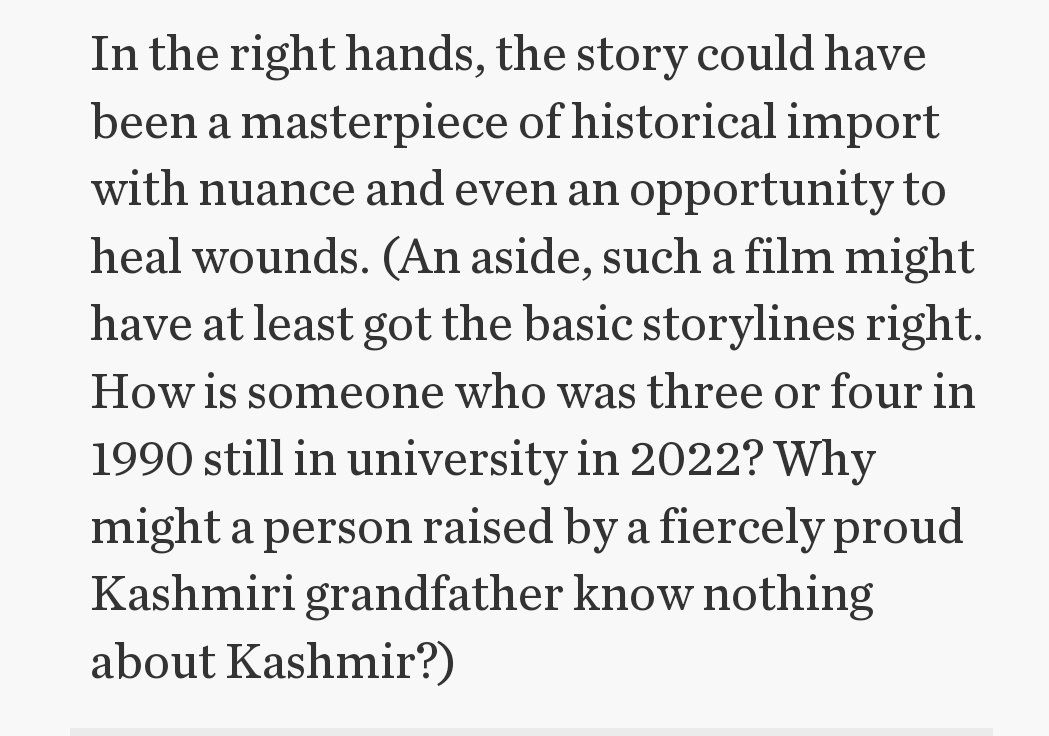Let us learn bit more about this Shaikh Umar Avlia, an Arab who is believed to have travelled to Lohagad from Mecca.
With him came Bawa Malang of nearby Malanggad and Shaikh Salla who went to Pune.
All this in probably the 14th century.
With him came Bawa Malang of nearby Malanggad and Shaikh Salla who went to Pune.
All this in probably the 14th century.

Shaikh Umar found that on Lohagad there lived a Hindu ascetic, whom he grabbed by the feet and tossed clear of the hill to the nearby Visapur fort.
Shaikh Salla's tombs meanwhile (there were two) are believed to have been built over Narayaneshwar and Punyashwar temples in Pune
Shaikh Salla's tombs meanwhile (there were two) are believed to have been built over Narayaneshwar and Punyashwar temples in Pune

On Lohagad, it was a shrine to Bahiroba converted into a tomb for Shaikh Umar.
Just like the Narayaneshwar temple and Punyeshwar temples were converted to the Dhakta Shaikh Salla and Thorla Shaikh Salla dargahs in Pune
Just like the Narayaneshwar temple and Punyeshwar temples were converted to the Dhakta Shaikh Salla and Thorla Shaikh Salla dargahs in Pune

Once a year in around December January there used to be a fair at the tomb (when this was started or was it always in practise is not known)
The Hindus probably went there due to its Bahiroba link.
The Hindus probably went there due to its Bahiroba link.

Some small stone horses (now having disappeared) were probably associated Bahiroba, as logic would suggest. 

• • •
Missing some Tweet in this thread? You can try to
force a refresh
















